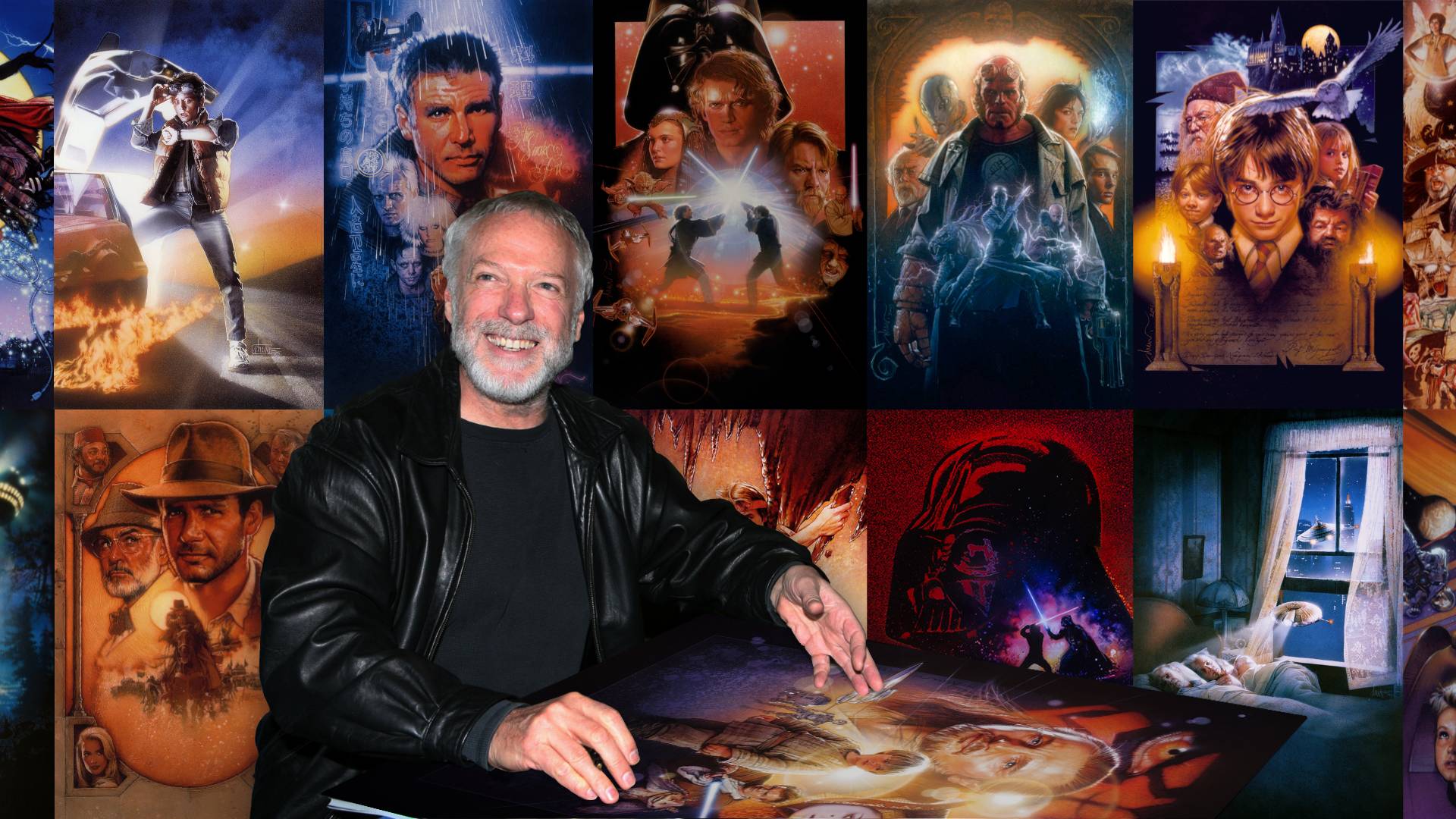The role of films has shifted throughout time, from being a source of entertainment or escapism, to offering social commentary and reflecting diverse cultures, lifestyles and issues.
Cinema provides scenes that are larger than life, while shedding light on mundane experiences.
For Toronto International Film Festival (TIFF) CEO, Cameron Bailey, movies create communities.
“Movies can do so much for us,” Bailey said. “They can do some of what novels do: explore the human condition, illuminate places, or periods, or human states that we may never experience. Or what visual art does: they can offer us new ways of seeing. What music does: it can move us on an emotional, visceral level that's kind of beyond rational thought, something you can't quite put into words.”
Cameron Bailey visited both Trent’s Symons and Durham campuses on November 23, to speak about the importance of creating a cultural urban hub. The lecture was part of the Tapscott-Lopes Business and Society Lecture series, founded by Former Trent University chancellor Dr. Don Tapscott and Trent governor emerita Dr. Ana Lopes.
TIFF plays host to hundreds of films annually, and is one of the largest international film festivals.
While the festival is a time for people to gather and appreciate the arts and culture sector, both in Toronto and worldwide, it is also a chance for filmmakers to showcase their work.
“What TIFF does is different,” Bailey said. “We do launch the occasional huge global blockbuster, like Dune and Ridley’s Scott’s The Martian. But what we do more of is bringing independent films from all over the world: over 70 countries and see where the indie filmmakers will go from there.”
As the independent film sector is connected to the global blockbuster sector, Bailey said festivals are often that meeting point between them.
Growing a cultural organization takes effort and incentive, from engaging staff and volunteers, to mobilizing the energy of local citizens and politicians and ultimately capturing the attention of the world.
The festival is a means for the organization to do just that.
“The value of conversation and community, just getting together, sharing an experience is different. To watch something together with other people that you don't necessarily know and to have a conversation about that afterwards as opposed to watching the same thing on your couch.”
“That’s how we transform the way people see the world through film,” Bailey said.
According to Bailey, a cultural hub is created through media that brings communities together.
“The idea of an urban cultural hub is a gathering space where film is the fulcrum, the starting point for conversations.”
Through their commitment to creating stronger community connections, TIFF recently underwent a campaign to rename TIFF Bell Lightbox’s largest cinema the Viola Desmond Cinema. This project was inspired by Desmond’s 1946 active resistance to racism in a movie theatre.
“We have a similar cinema layout with a balcony and a main floor, and we thought let’s name that cinema after Viola Desmond so we can all remember her story and how far we have come in terms of access,” Bailey said.
In addition, TIFF also opened a café and bar, Varda, after French filmmaker Agnes Varda, whose creativity and curiosity are an inspiration for the organization.
Aside from the annual festival in September, TIFF offers talent development programs aimed at screenwriting, direction, producing and acting. Actors such as Ms. Marvel’s star, Iman Vellani, and Shamier Anderson from John Wick: Chapter 4 are alumni from TIFF Rising Stars and TIFF Next Wave. These programs offer aspiring filmmakers and actors the opportunity to get involved in the film industry and hone their skills.
Additionally, TIFF runs smaller film circuits, which operate in over 100 communities all across Canada. These are community film clubs operated mostly by volunteers that organize their own monthly screenings for their own community. TIFF provides help and movies to screen and Canadian filmmakers can go to the screenings to present their films.
When Bailey is asked about his experience as the first Black CEO of TIFF, he rephrases it as “leading while Black,” by first imagining that anyone can lead.
He said being from a different ethnic community gave him “superpowers” and allowed him to succeed in his role.
“The power of observation is a superpower because anyone who moves through the world in a marginalized position has heightened powers of observation,” Bailey said. “You have to keep your antenna up all the time, and that's something that you can use because you're just observing sometimes more or observing differently than people who don't have to do that.”
Ana Lopes, who introduced Bailey at the Durham GTA lecture, noted how the organization is thriving under Bailey’s leadership.
“He ensures that TIFF is committed to diversity and storytelling, and by presenting an array of films that represent different identities and perspectives,” Lopes said. “That’s what the TIFF brand really is.”
Jupiter Morgan, a Durham College student attended the event and felt inspired listening to the lecture.
“It really helped me understand the opportunities we have for aspiring filmmakers here. I’m interested in being a director and my girlfriend wants to go into acting, so now we know how we can take our first steps,” Morgan said.
Elizabeth Brighton works at Cinefest Durham, a TIFF film circuit location. She said she learned much about the background of the film industry through her experience.
“You find out about the whole back side of the event and what it requires,” Brighton said. “And Cameron is a great speaker and gives amazing movie recommendations!”


.png)


.jpg)


.jpeg)



.jpg)


.jpg)

.jpg)





.jpg)


.png)